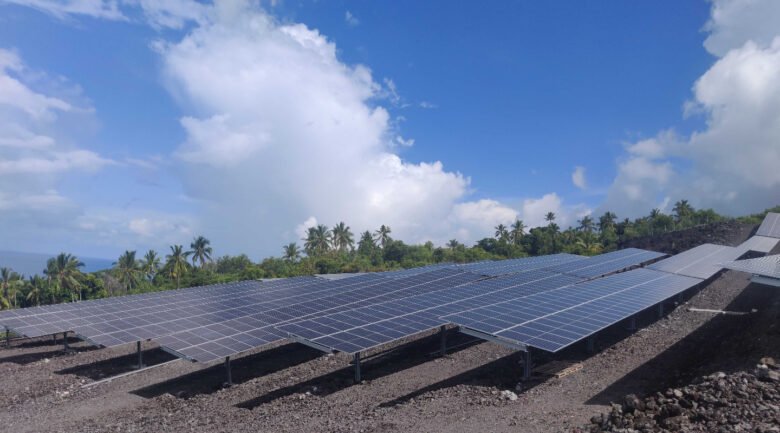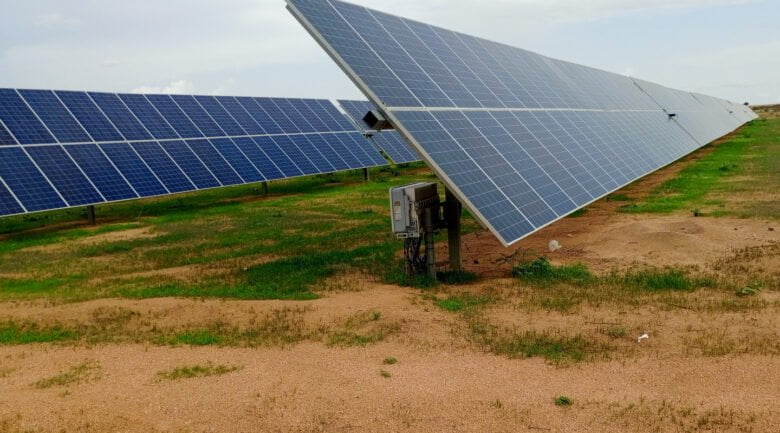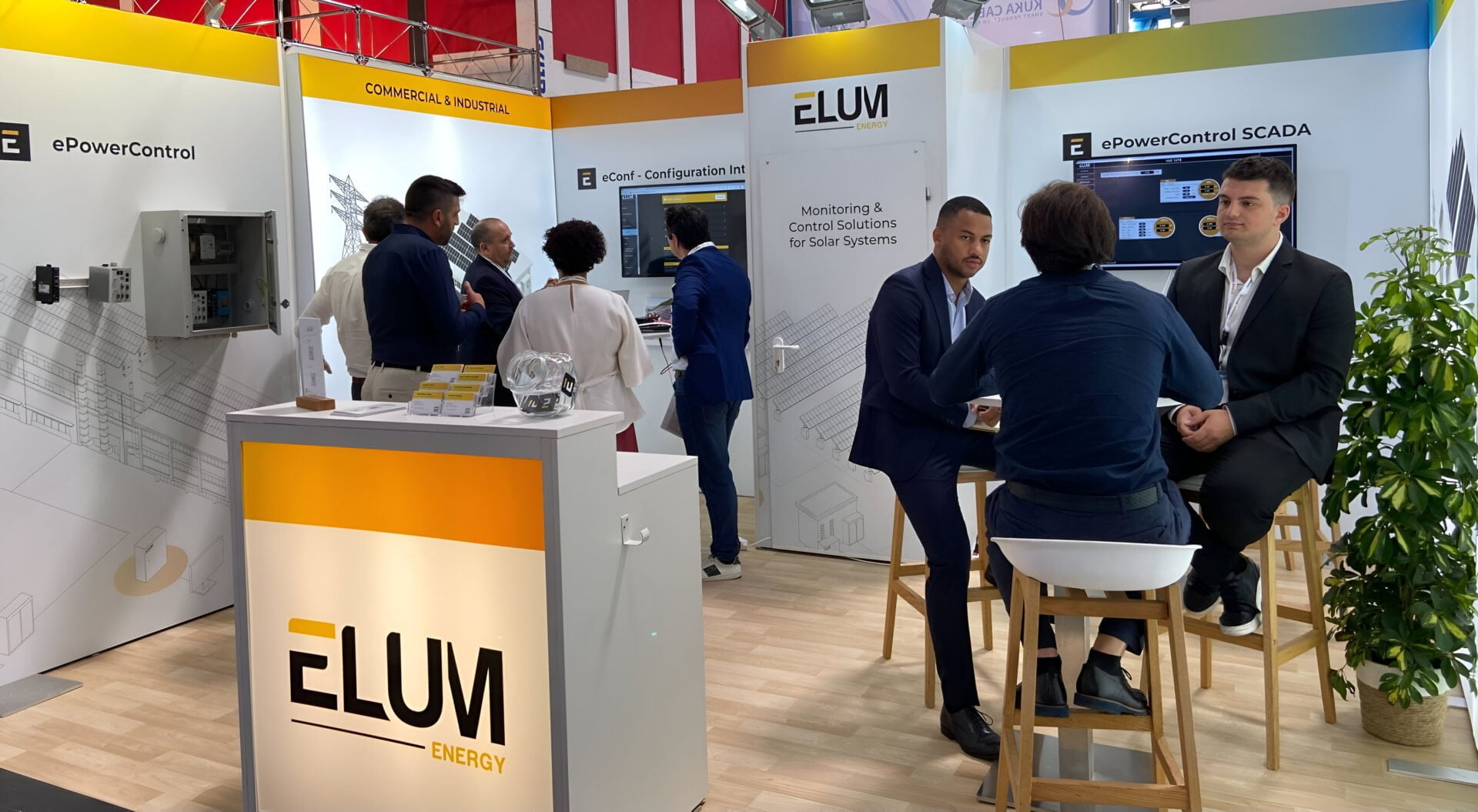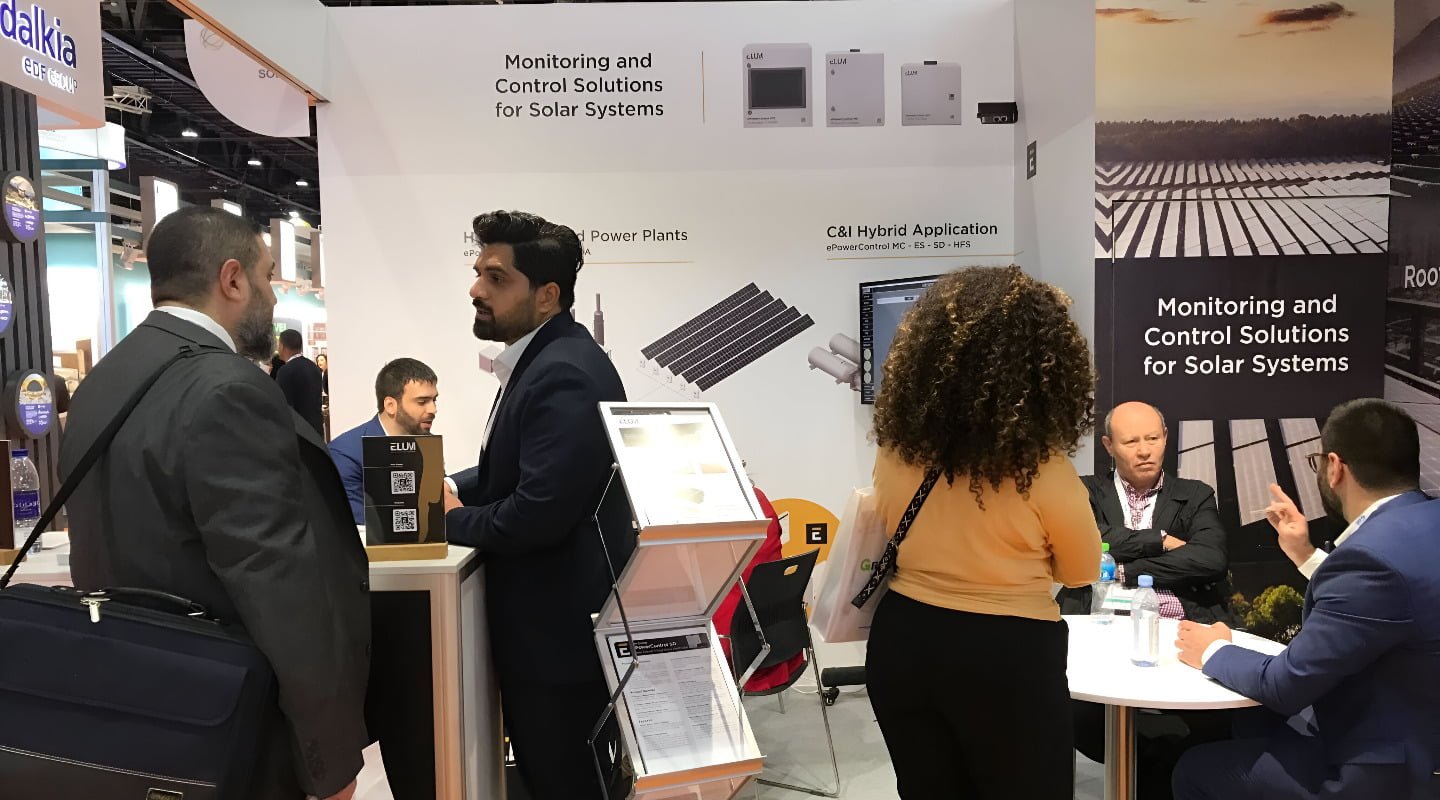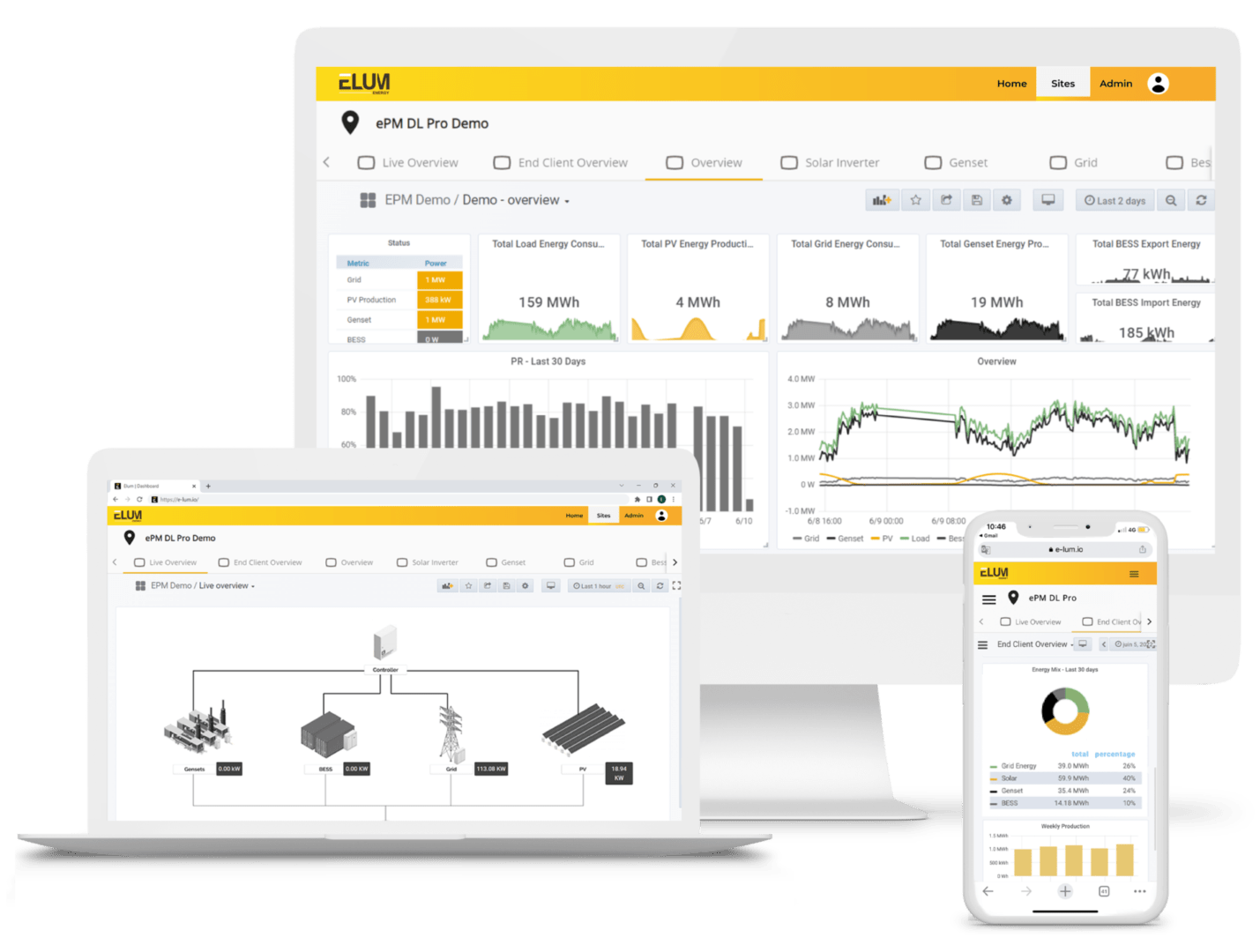Everything a solar EPC should know about battery for power plant
Introduction
As a solar developer or EPC, you probably want to increase the solar penetration in your existing or future power plants. Since the Solar production curve and load consumption curve are not necessarily synchronized, one of the trending solutions would be to couple your solar power plant with batteries.
When are the Battery Energy Storage Systems (BESS) used when integrated into solar power plant? And how is it used?
This article lists the main added value of the Solar & Storage system’s energy storage system and how Elum Energy’s Energy Management System (EMS) helps capture this value.
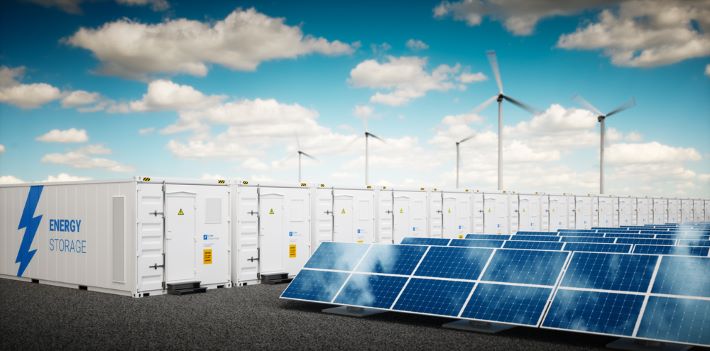
First, let's define some terms
- Battery racks: Racks are composed of different cells that convert electrical energy to chemical energy. Different technologies exist (the most popular are Lead-Acid or Lithium-Ion).
- BESS: Battery Energy Storage System is composed of PCS and Batteries.
- EMS: An Energy Management System is a controller able to execute a high-level strategy decided by the final user
- Solar power plants: in this article, it is described as large solar installations (greater than 1MWp) established for large scale applications such as: Feeding grid-tied grids, Feeding off-grid cities and remote islands, but also Feeding off-grid mines in remote areas.
Overall, two types of sites emerge; Off-grid and Grid-tied ones.
In grid-tied applications, the national DSO needs to reduce the intermittency of solar production. The battery can be seen as an alternative to provide further services for this national entity.
In off-grid applications such as; cities, islands, or mining, electricity comes mainly from thermal plants.
However, fuel prices are high and uncertain due to oil price variation, logistics and security costs. A local energy provision can be seen as a solution to solve this fuel dependency. Thus, energy suppliers tend to add solar plus storage systems to the existing gensets.
The principal added value of the energy storage system for power plants
BESS systems, when combined with other power sources, can be used for different applications depending on the sizing of PV, Batteries, Genset but also on the load curve and the clients’ requirements.
Within the scope of power plants, the storage system provides these features:
- Reliability Increased: Storage can be used for backup purposes. When the grid is down, storage can reply instantaneously and then ensure a reliable backup. This is an essential feature for industries where constant production is crucial, such as the mining sector, where electrical blackouts can damage machines. For this reason, make sure that the PCS chosen for the BESS system has a UPS function.
- Reduce Fuel consumption: BESS can store the energy from solar production during the day and then provide it during the night where consumption can be higher, which is the case for remote cities, villages, and touristic complexes. Moreover, PV & Storage becomes cheaper than fuel in many countries and remote locations.
- Increase Solar Penetration: When PV production is higher than load consumption, BESS can store the excess production during the day to use it for the other services. Note that the right sizing between PV/Batteries/Gensets is mandatory to maximize your PV penetration.
- Provide behind the meter services: For grid-tied applications, some national utilities apply pricing that can make BESS installation profitable :
- Load shifting: Some utilities apply Peak tariff and off-peak tariff during some hours; the BESS combined with the EMS can be charged at a low rate and discharged at a high rate.
- Peak-shaving: Some industries have peak consumption that can be charged by the utility. In that case, the BESS, combined with the EMS, can discharge the right amount of energy during the peak period to stay under the utility’s maximum power purchase.
- Provide in front of the meter services: For grid-tied applications, some countries have utility services markets that may allow a BESS to be profitable :
- Utilities can purchase Solar & BESS energy during the evening with a bonus fee. This purchase avoids running peak plants that can be expensive and polluting. This pricing is used, for example, in France in non-connected islands (ZNI) where Solar & BESS systems have been installed during the last years.
- Utilities can pay for frequency regulation services. When the grid’s frequency is low or high, BESS can be discharged or charged accordingly to stabilize the overall frequency of the national grid.
These services can be combined to meet client requirements and specifications. The EMS is mandatory to make the project profitable and viable.
Characteristics and limitations of energy management systems
As mentioned above, energy management systems are key to the profitability of a project. Indeed, it is the central factor that:
- Actively monitors the system’s performance at the device level (PV inverter, Battery PCS, Genset Controllers, Meters, Weather stations, etc.).
- Displays are operating information via various interfaces using industrial protocols (Modbus).
- Offers multiple automated modes of operation to meet client requirements.
Different EMS providers exist. Some companies offer BESS and integrated EMS, whereas others, like ELUM, provide a separate EMS compatible with the most common BESS system. Before choosing your EMS, consider these parameters :
- Compatibility: EMS compatibility with BESS systems, PV inverters, and Genset controllers is critical to leading a successful project. Usually, gensets are already brownfield equipment that needs to be integrated. Besides, Solar Developers and EPC need a wide choice to define the optimal configuration for PV inverters and BESS systems. This includes taking into consideration the prices and performances regarding project specifications.
- Conformity with client requirements: Some final client requirements, such as the utilities and mining sectors, have some specific site constraints that can be deal-breaker. Ensuring that the EMS can be adapted to a particular configuration is a real plus for winning a microgrid project deal. This can be :
- Control of relays and load: The EMS has to open/close breakers depending on the mode.
- Non-standard site architecture: Some sites have an existing electrical architecture. The EMS needs to be tailored to this need. It needs to take into consideration existing equipment, already installed, and guarantee their interoperability.
The advantages of having ePowerControl technology with an energy storage system
To increase the solar power plant’s reliability and efficiency, the presence energy storage controller is essential.
Elum controllers are connected to the PV inverters, PCS of the batteries, and/or to the gensets controllers to integrate and manage the different power sources.
Elum advanced EMS will automatically control the output power of PV and battery inverters according to client requirements and respect the thermal plant’s constraints. The PPC controller can manage the spinning reserve and battery sets, manage the reactive active power, and regulate the frequency adapted to the final client needs. Elum is compatible with most of the inverters, PCS, and genset controllers available in the market.
In addition to these features, Elum provides remote monitoring through its web platform ePowerMonitor. It displays all the Key Performance Indicators such as; energy generation of each source, storage system parameters (kW, kWh, frequency, power factor, voltage amperage, cell’s temperature), solar system parameters (kW, kWh, frequency, power, voltage, amperage) and genset parameters (kW, kWh frequency, power factor, voltage, amperage, fuel level, running time).
Also, ePowerMonitor offers some customizable and personalized alarms to answer the client’s needs. Therefore, the monitoring system presents the site equipment’s conditions and consumption to ensure its performance and facilitate its maintenance.
the Contact us industry ?
